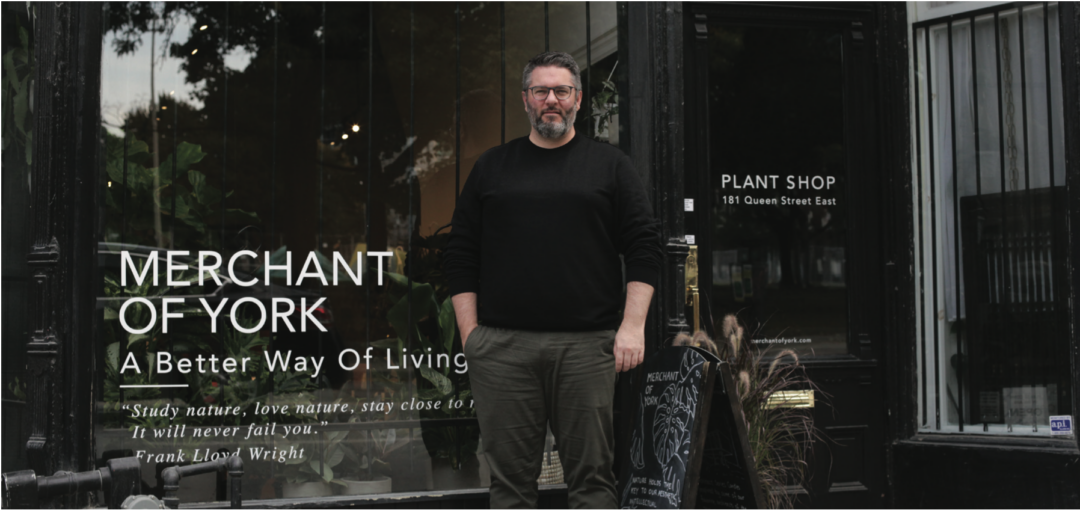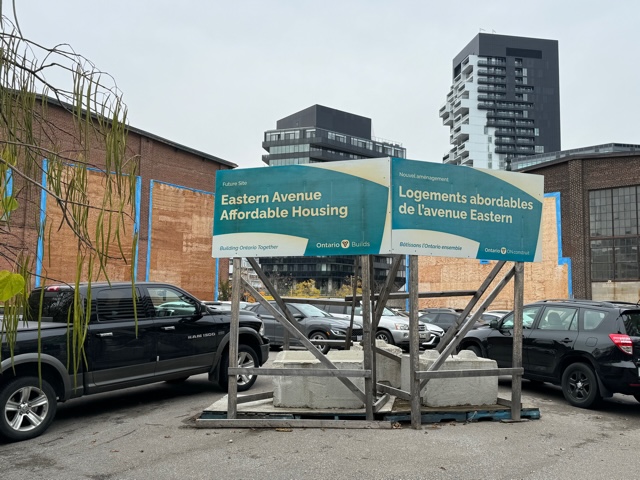By Daryl Gonsalves –
In the Downtown East, several community advocacy groups have influence over government, developer and other stakeholder decision-making: the Cabbagetown South Residents Association, St. Lawrence Neighbourhood Association, Regent Park Neighbourhood Association, Gooderham & Worts Neighbourhood Association and the Corktown Residents & Business Association.
However, one area lacks a cohesive community advocacy group: that south of Eastern Avenue, between Cherry Street and the Lower Don River. Some call this rapidly developing community the West Don Lands, while others call it the Canary District.
Canary District was a largely abandoned area in 2006 before Waterfront Toronto announced plans to create a residential community. In 2009 that plan was changed to accommodate the 2015 Pan American Games athlete’s village. Further significant developments such as Underpass Park in 2012 and Corktown Common Park in 2013 provided significant community amenities that added distinctive character.
Connecting this neighbourhood was the 514 Cherry streetcar line, which began operation in 2016. Since then, multiple condominiums have been built, giving Canary District a vertical neighbourhood feel. Significant new developments include the Anishnawbe Indigenous community hub at Cherry/Front, mixed-use developments including purpose-built rental units and the Ontario Line Don Yard tunnel portal.
Community engagement is not just a feel-good concept but a practical and essential element of effective neighbourhood governance that fosters long-term prosperity.
On the spectrum of community advocacy, I argue there are two extremes. On one end, ‘NIMBYism’ (Not In My Backyard) is opposition-oriented, self-interested and has a short-term focus. On the other end, inclusive community engagement is solution-oriented, diversity-focused and has a long-term vision.
Every community group should constantly ask itself the difficult question: are they consistently and accurately representing community interests, or using it as an ideological cover (consciously or unconsciously) to really represent their own interests? Given low voter turnout and general civic disengagement, it is a challenge for community groups to understand what are the interests of the community that they represent. A delegate system could ensure that any new community advocacy group would effectively represent the wide range of interests within it.
All condominiums in Ontario are governed by elected boards of directors. But systems based on short-term election cycles can be prone to short-term thinking. The Delegate System could remedy this, tapping into the pool of elected representatives and creating an independent advisory panel of experts to provide evidence-based recommendations and advice on long-term policy issues.
Readers of the bridge are encouraged to write to the Editor on their vision of successful community advocacy and their priorities, especially for the up-and-coming Canary District community.




